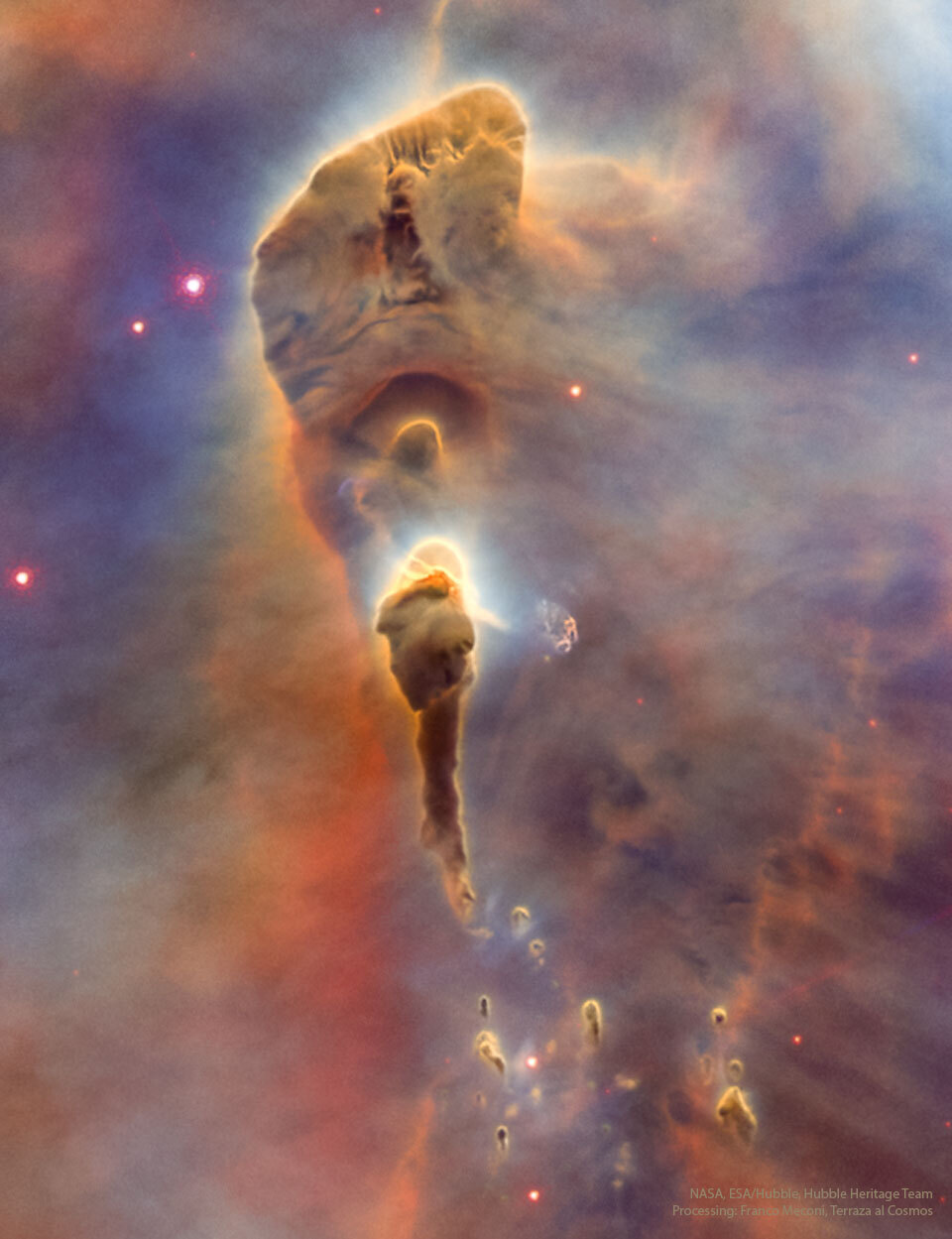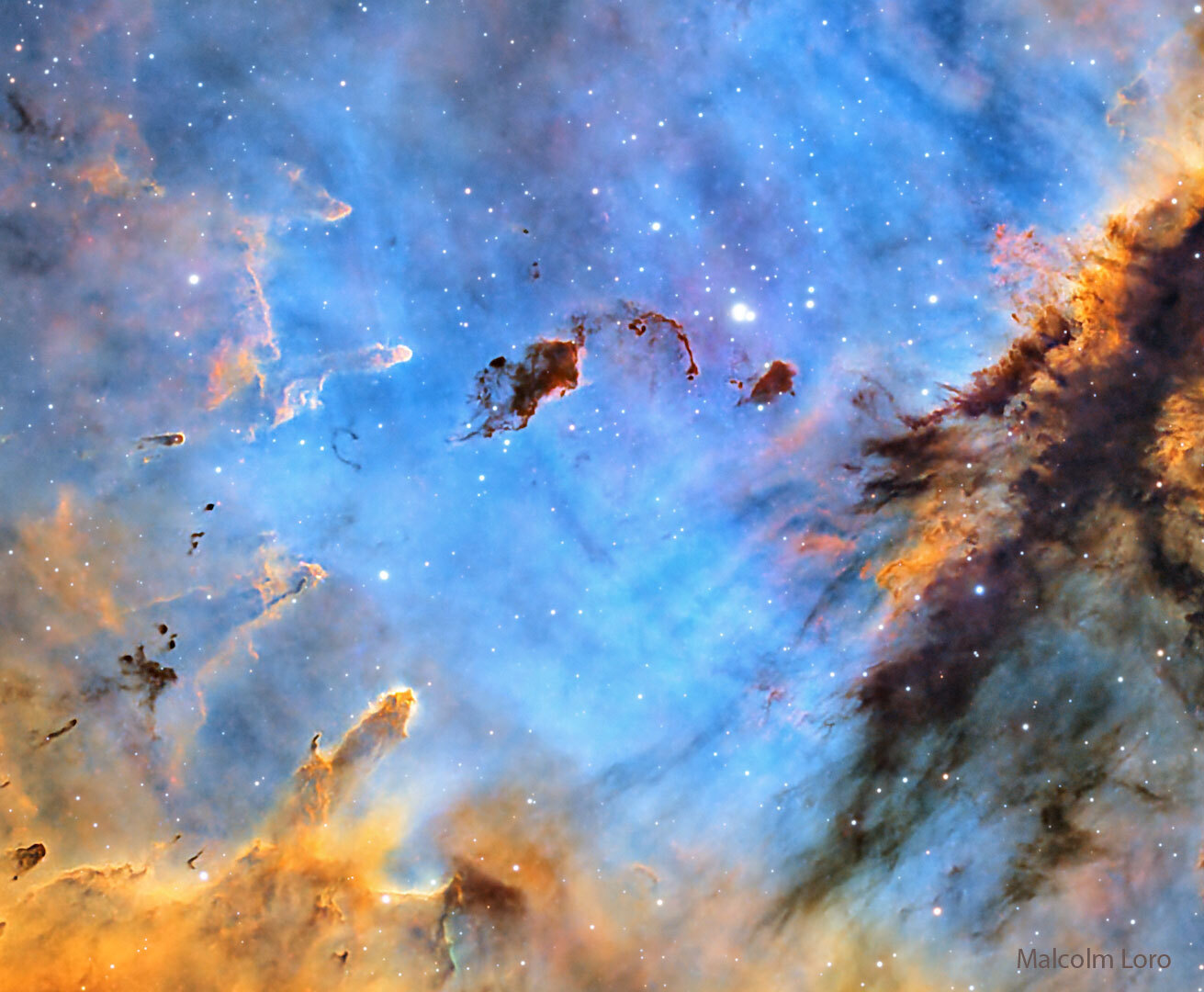
#Stars and #Dust in the #PacmanNebula
#Astronomy #Picture of the Day
13 Likes
1 Comments
1 Shares

#Music on #Red-Solar-Skywalker
#SteveWalsh 6/15/1951 #Birth US singer (Kansas)
https://www.youtube.com/watch?v=tH2w6Oxx0kQ
#Kansas - #Dust in the #Wind (Official Video)
#Music on #Yellow-Self-existing-Star
https://www.youtube.com/watch?v=qIHfuihoz70
#MatthewsSouthernComfort - #Woodstock (1970)
19 Feb 2013 … The band’s own original arrangement of the #JoniMitchell song, a UK number one hit in November 1970.#backtothegarden
Matthews Southern Comfort - Woodstock (1970)
just what are we breathing in
https://old.bitchute.com/video/tOJq9vsIe8Qh/
The following images were taken after a #rainfall from the remnants of Hurricane Beryl ... These came from #microscopic #black and #white #dust that collected on my car and outdoor plants...
#Parasites and #Fiberoptic #Networks #Falling from the #Sky - Need Help Identifying These
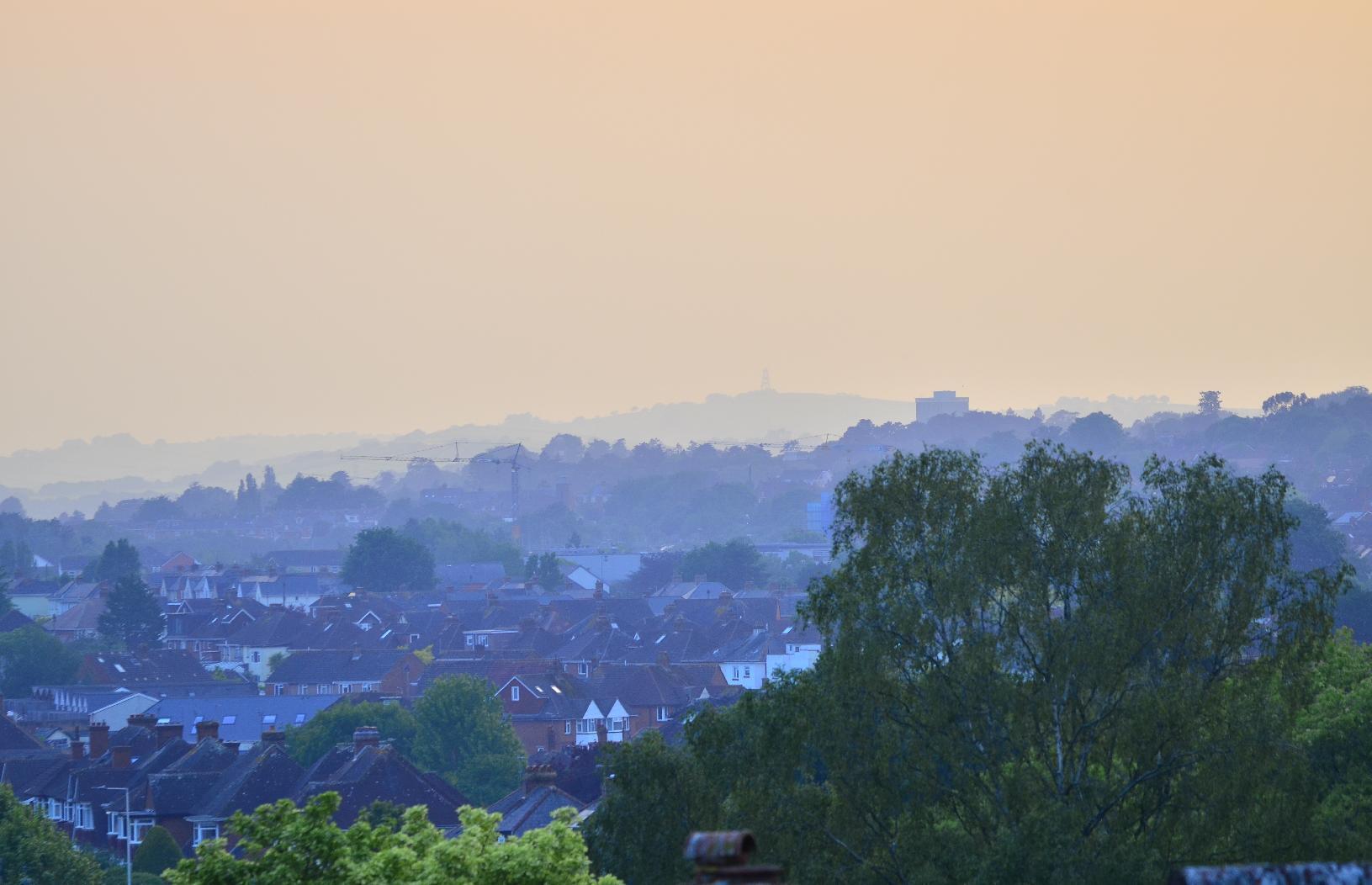
One of the disadvantages of a fine day is that the #HighPressure keeps #dust and #pollution trapped at lower levels of the #atmosphere. This makes #visibility poor. Not far off sunset and you can see a layering effect in the mid and #background with the #horizon barely visible in the #haze.
https://mastodon.social/@pomarede/112452337550259791 pomarede@mastodon.social - How amazing is that? A Martian Dust Devil captured in Stereo3D by the Opportunity Rover, March 31, 2016 (Sol 4332)
To go 3D: eyes' lines of sight parallel/left image for left eye/right image for right eye
Credit images: NASA/JPL-Caltech
#Opportunity #Mars #DustDevil #Sol4332 #rover #OpportunityRover #MERB #space #KnudsenRidge #MarathonValley #MeridianiPlanum #Martian #dust #devil #science #STEM #3D #Stereo3D #steoroscopic #photography #blackandwhite #Astrodon

About Today’s Guest: Gregory Shushan, PhD, is a historian of religions, an award-winning author, and the leading authority on near-death experiences and the afterlife across cultures and throughout history. His books include The Next World: Extraordinary Experiences of the #Afterlife, Near-Death Experiences #NDE in #Indigenous Religions, and Near-Death Experience in #Ancient Civilizations (coming soon from Inner Traditions). His forthcoming titles include The Historical Anthology of Near-Death Experiences, and #Mind #Dust and White Crows: The Psychical #Research of William James (both as editor).
Dr. Shushan’s website: https://www.gregoryshushan.com #THC
https://www.thehighersidechats.com/dr-gregory-shushan-near-death-experience-in-indigenous-religion-afterlife-journeys-resurrection/

Traditionally, one would have to periodically check the status of the dust filtering on a PC case, but that’s not the case (pun intended!) with the Asus ProArt PA602. This chassis has a fancy infrared (IR) sensor behind the front-facing dust filter. Should this detect a set layer of dust covering the filter material, a small LED will illuminate on the side of the case. It’s tastefully done. No alert on an LCD screen, no obnoxious sound. With this activated, you will know to clean the filter (and give the inside a quick air blast) next time the system has been shut down.
Quite a thoughtful case, apart from having the dust filter warning, it also has wheels to move it more easily.
But it does show also, is that even cases can innovate as well. I’d like to see more of these and maybe have the sensors also on the other dust filters (my case has one underneath as well), as IR sensors themselves are not very expensive to incorporate.
See https://www.xda-developers.com/this-asus-pc-case-monitors-your-dust-filter/
#Blog, #cases, #dust, #technology
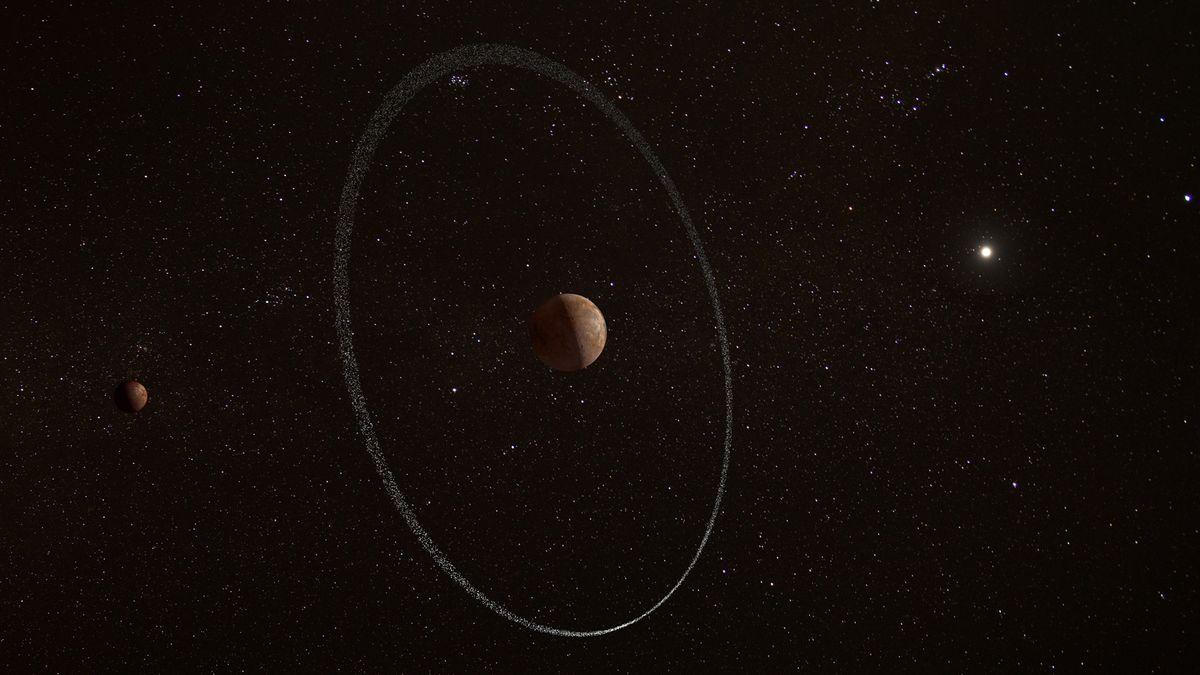
A #mini-planet orbiting in the frigid #outer reaches of the #solarsystem has a #Saturn-like #ring of #dust and #debris that #defies the rules of #physics, a new study has #revealed.
The planet in question is called #Quaoar and it's the #seventh largest of the known #dwarf #planets of which #Pluto is the #king. #Discovered in #2002 and about 697 miles wide (1,121 kilometers), Quaoar is one of the so-called #trans-Neptunian objects, small planets orbiting #beyond the solar system's outermost planet #Neptune.
Residing in the #KuiperBelt, the doughnut-shaped ring of rocky and icy debris in the outer solar system, Quaoar is a proud owner of its own #moon, the 100-mile-wide (160 km) #Weywot. And a recent observation campaign revealed that it also has a ring of material in its orbit.
That by itself wouldn't be so special. The gas giant Saturn is known to possess a whole series of rings. #Jupiter, Neptune and #Uranus also have some. One other trans-Neptunian object — #Haumea — has been found to have a ring, and the space rock #Chariklo that orbits between #Saturn and #Uranus also has one. So what exactly sets Quaoar's ring apart?
Related: Dwarf planets: science & facts about the solar system’s smaller worlds
Quaoar's ring is at a very unusual #distance from its parent body. In fact, before astronomers discovered Quaoar's ring in observations from several telescopes conducted between 2018 and 2021, they had thought that it was impossible for a ring to exist at such a distance. With a radius of about 2,420 miles (3,885 km) from Quaoar's center, the ring is too far away from the dwarf planet that its gravity should no longer be able to keep the material dispersed. Instead, it should coalesce under its own gravity and form another moon, just like Weywot. By not having done that, the ring has breached what astronomers call the Roche limit, the first known ring around a #celestial body to have done so.
"What is so intriguing about this discovery around Quaoar is that the ring of material is much farther out than the Roche limit," Giovanni Bruno, an astronomer at Italy's National Institute for Astrophysics (INAF) and one of the authors of the paper, said in a European #Space Agency (ESA) statement. "As a result of our observations, the classical notion that dense rings survive only inside the Roche limit of a planetary body must be thoroughly revised."
The ring was discovered during a series of occultations, essentially eclipses, when Quaoar passed between Earth and several more distant but much brighter stars. When an occultation occurs, the light of the background star temporarily dims. The effect is only visible to very sensitive telescopes and is frequently used to detect exoplanets orbiting stars in our Milky Way galaxy, which is why ESA's exoplanet hunter Cheops was among the telescopes watching these Quaoar occultations.
When astronomers analyzed the data, they realized that apart from the main dip in the background stars' brightness, they could detect two smaller drops. Since drops occurred before and after the main occultation, respectively, the researchers thought that Quaoar must be surrounded with a ring.
Several Earth-based telescopes also observed the occultations with similar results, but Cheops' data were particularly valuable as they proved that the odd dimmings were not caused by the effects of Earth's atmosphere.
https://www.space.com/mysterious-ring-around-dwarf-planet-puzzles-astronomers
https://www.bitchute.com/video/ewpNghWEiSet/
Julian #Assange's last word's " #Intelligent #Evil #Dust
https://www.bitchute.com/video/puo93vpMiPUd/
Is #Smart #Dust Already In Use On The #Population & Was “ #COVID-19” An Attempted Experimental Next Step?
#Galactic #Dust | Signs of the #Great #Shift
January 4, 2024
Source: https://youtube.com/watch?v=6appRtkzw8A
Galactic Dust | Signs of the Great Shift
"nuclear is safe"
GRAND CANYON URANIUM MINING
"The public lands surrounding #GrandCanyon National Park contain high concentrations of uranium ore. Mining bores deep into vertical rock formations called 'breccia pipes,' making #uranium soluble to #groundwater and risking pollution to Grand Canyon’s biologically rich springs. They then leave most of the removed material in #tailing piles that contribute to #water and #air #pollution.
"Because #UraniumMining is not consistently profitable, these mining operations are often abandoned for decades at a time — without any oversight or continued maintenance of the work area.
"Large drilling sites, tailing piles and mines are often left open to the forces of nature — leading to leaks into #groundwater, dispersal of #airborne uranium pollution and #dust, and unsafe conditions for recreational visitors to public lands. And if and when these old mines are cleaned up, the cost burden usually falls on the American public.
"Even more disconcerting is the #toxic legacy left on public lands and sacred #AmericanIndian sites. Iconic landscapes have been marred, and sources of drinking water remain polluted. Manmade ponds containing uranium-contaminated water are left uncovered and used by native #birds and other #wildlife. These mines affect #abitat for more than 100 sensitive species, including #muledeer, #mountainlions, imperiled #Californiacondors and highly endangered native #fish.
"#Groundwater #pollution has the potential to seep into underground #aquifers used for drinking water and into seeps and springs that are the lifeblood for animals in the arid Grand Canyon region.
"The Center for Biological Diversity opposes all uranium mining near Grand Canyon. Over the past decade, we have worked through the courts, through Congress, with the president and in the media to prevent new uranium mining and force the closure and cleanup of old uranium mining sites. To date we have been successful in securing and defending a ban on new uranium mining claims for 20 years on the doorstep to Grand Canyon National Park and have pushed back the reopening of old uranium mines through aggressive litigation.
Our work continues today.
"We've submitted a legal petition to the Forest Service and Bureau of Land Management asking them to update old uranium-mining regulations that don't adequately protect #PublicLands, tribal communities and human health.
"We're supporting a campaign to designate a monument that would permanently ban new uranium mining on 1.7 million acres of land that contain the sacred sites of many American Indian tribes, habitat for endemic and endangered species, and tributaries of the #ColoradoRiver.
"And we're fighting existing uranium mines, and the efforts of the mining industry to roll back existing protections, in federal court."
Mit zwei Dokumentarfilmen (u.a. #Deadly #Dust) und dem Buch „#Todesstaub made in USA - #Uranmunition verseucht die Welt“ stellt der Regisseur und Grimme-Preisträger Frieder #Wagner umfassendes Material aus umfangreichen Recherchen und wissenschaftlichen Untersuchungen der Öffentlichkeit zur Verfügung, um sich ein Bild über die Gefährlichkeit von Uran ummantelten #Geschossen (#Depleted #Uranium = #DU) und deren Langzeitwirkung zu machen. Nach dem Irak-Krieg 2003, in dem 2.000 Tonnen #Uran-Geschosse zum Einsatz kamen, prognostizierten Wissenschaftler innerhalb von 10 Jahren bis zu 7 Millionen #Todesopfer. Und ein Ende von aggressiven #Krebserkrankungen und fötalen #Missbildungen ist über Generationen nicht in Sicht. Die Frage des heute 81jährigen Frieder Wagner, vor allem in Bezug auf die aktuelle Situation, von #Großbritannien und #USA gelieferte #Waffen aktuell in der #Ukraine zum Einsatz zu bringen, ist ernst und nachvollziehbar: „...sind wir in einem verbrecherischen Laden gelandet?“. So sind auch die von der #Politik instrumentalisierten #Medien Thema des Gesprächs mit der Fotografin und Redakteurin der Kölner Neuen Rheinischen Zeitung, Anneliese Fikentscher. Das Gespräch wurde Anfang November 2023 in Köln aufgezeichnet.
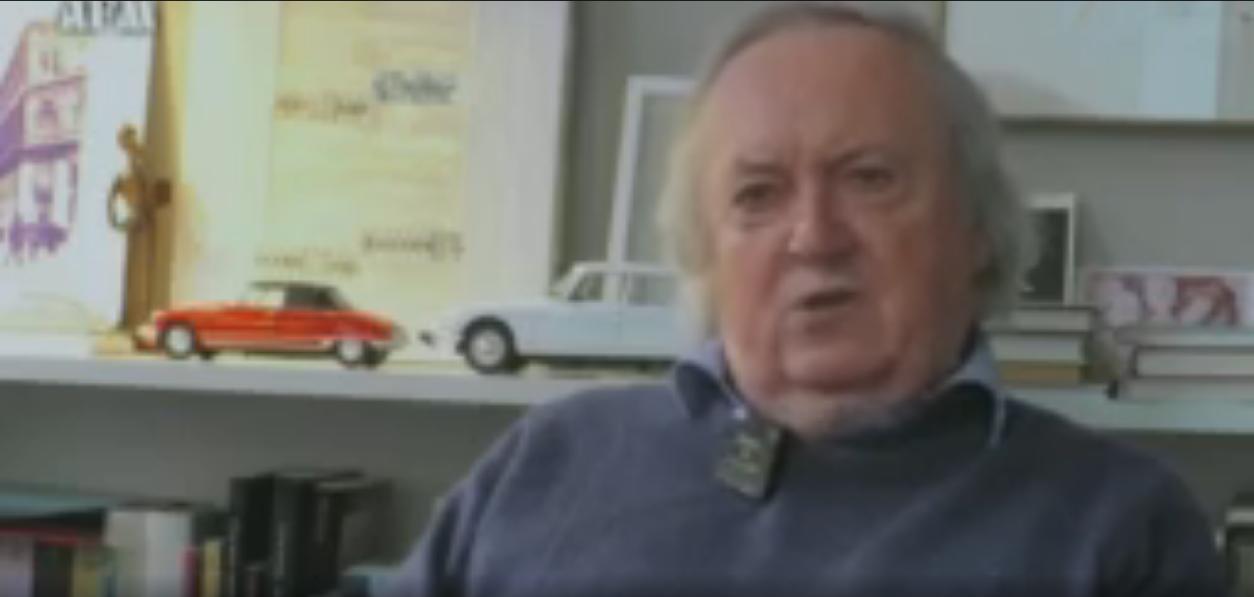
https://odysee.com/@DruschbaFM:4/nato-akte-grimme-preistr%C3%A4ger-frieder:7
